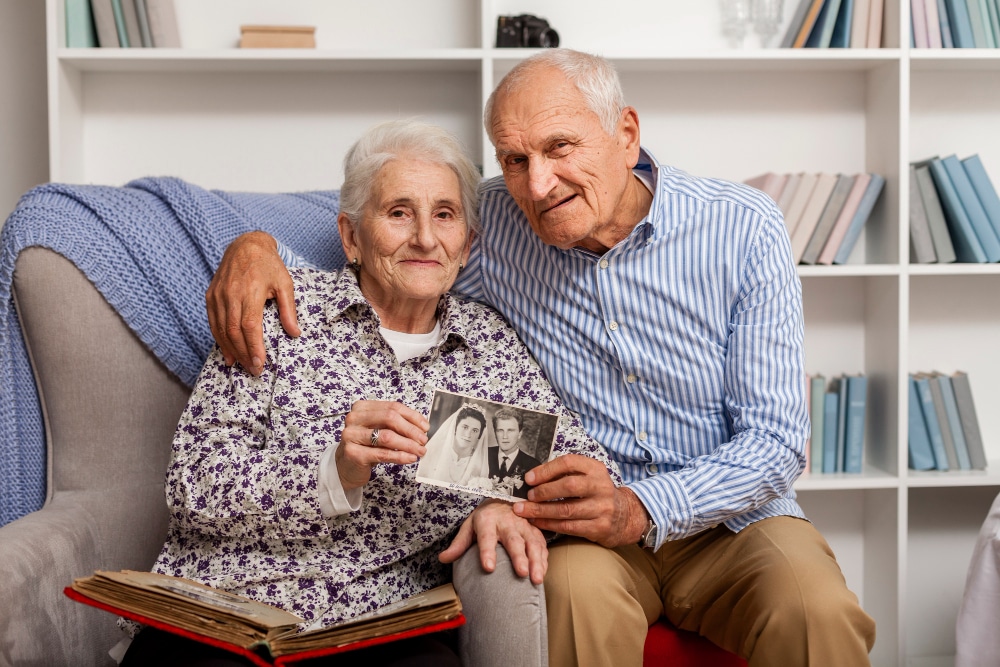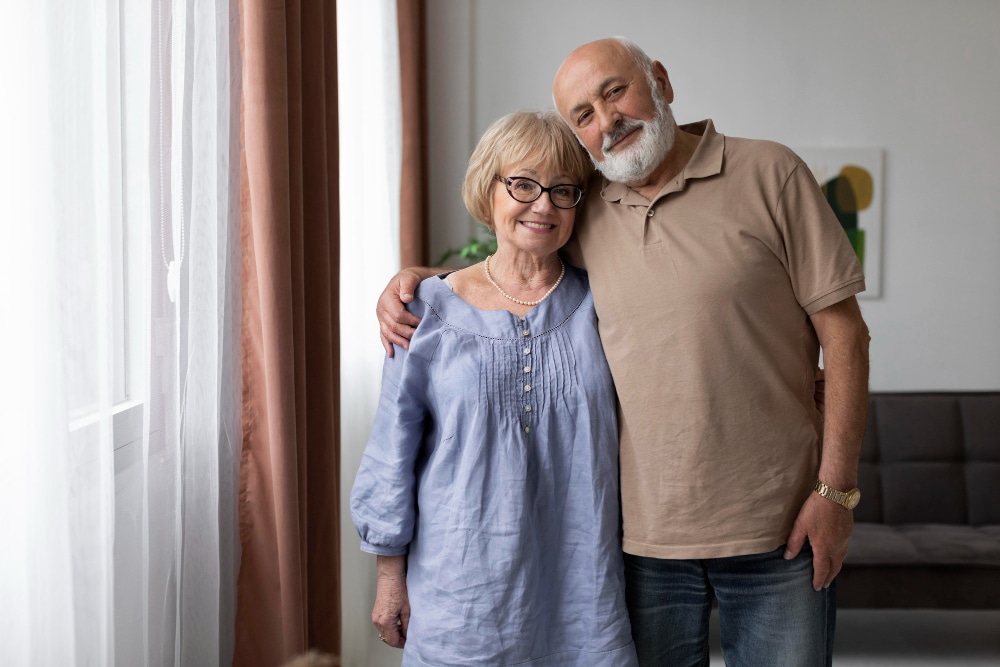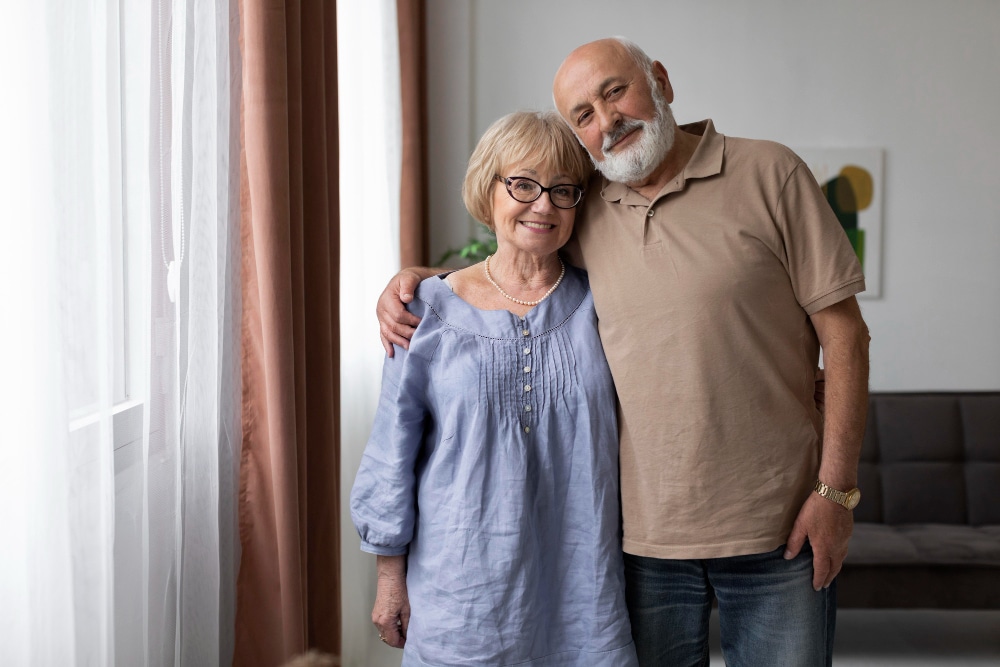Getting older is a natural part of life, but the exact age when someone is considered elderly is not the same everywhere.
In this guide, we explore what age is considered elderly, why 65 is often the standard, how definitions vary around the world, and the other ways experts measure aging.
Key Takeaways:
- Most developed countries consider people elderly at age 65, while the WHO uses 60 as the benchmark for many developing nations.
- Japan redefines aging by calling those aged 65–74 “pre-old” and reserving “elderly” for 75+, showing how cultural norms shape definitions.
- Biological age and independence level can be better indicators of aging than chronological age alone.
- Policy, culture, and health together determine when someone is considered elderly, affecting benefits, care needs, and social roles.
What Age is Considered Elderly?
A person is often considered elderly at age 65 or older, but some organizations, such as the World Health Organization (WHO), use 60 as the threshold. These numbers are based on policy and research conventions, not a strict biological rule.
In many developed countries, 65 is used for retirement, healthcare benefits, and senior demographic statistics. In developing countries, 60 is more common.
However, actual experiences of aging depend on health, mobility, and independence rather than just birth year.
Why 65 Became the Standard in Many Countries
Age 65 became the standard for defining elderly because it was set as the retirement age in early pension systems, including Germany’s in the late 1800s and the U.S. Social Security program in 1935.
This age fit the life expectancy and workforce patterns of the time, making it a practical benchmark for government benefits.
Over time, 65 became tied to Medicare eligibility in the U.S. and similar programs in other countries.
Even though people live longer and healthier lives today, many policies still use 65 as the reference point for senior benefits, making it a cultural as well as legal milestone.
Global Variations in the Definition of Elderly
The age considered elderly varies worldwide, ranging from 55 in some countries to 70 in others. The WHO defines the elderly as 60+, while Japan calls people 65–74 “pre-old” and reserves “elderly” for those 75 and above.
| Country | Common Elderly Age | Notes |
|---|---|---|
| United States | 65 | Medicare eligibility; Social Security full benefits at 66–67 |
| WHO (global standard for developing countries) | 60 | Used in many lower-income nations |
| Japan | 75 | Ages 65–74 called “pre-old” |
| UK | 65–66 | State pension age varies |
| China | 60 | Retirement age for many workers |
| Australia | 67 | Pension eligibility |
| France | 62.5 | Minimum retirement age |
| Libya | 70 | One of the highest thresholds |
| Sri Lanka | 55 | One of the lowest thresholds |
Alternative Ways to Define Elderly
Not all definitions rely on a single number. Experts use other measures to capture the realities of aging.
- Frailty index: Assesses strength, mobility, and health conditions to determine care needs.
- Biological age: Evaluates how well the body is functioning compared to average health for a chronological age.
- Prospective age: Defines elderly status based on the number of years remaining in the expected lifespan.
- Independence level: Uses ability to perform daily activities (ADLs) to assess aging stage.
- Social role changes: Considers milestones like retirement, caregiving roles, or reduced workforce participation.
Stages of Older Adulthood
Aging is often divided into stages to better understand health, independence, and lifestyle changes over time.
- Young-old (65–74) – Generally healthy, active, and independent; many still work or travel.
- Middle-old (75–84) – More likely to experience chronic conditions, slower mobility, and a need for occasional assistance.
- Oldest-old (85+) – Highest risk of frailty, falls, and daily living support needs; many require regular caregiving or assisted living.
Medical and Social Program Age Thresholds
Different programs and benefits have specific age requirements that influence how societies define elderly status.
- Senior discounts: Often begin at 50 or 55 with proof of age or membership programs like AARP.
- Social Security: Reduced retirement benefits available at 62; full benefits at 66–67, depending on birth year.
- Medicare (U.S.): Available to most adults starting at 65, with earlier eligibility for certain disabilities.
- Pension eligibility: Varies globally from 55 to 70, depending on the country’s laws.
- Public transport concessions: Offered in many countries starting at 60 or 65.
Aging, Independence, and Care Needs
While many older adults remain independent well into their 70s and 80s, the likelihood of needing help with daily activities rises with age.
In the U.S., about 3.7% of adults aged 65–74 need assistance with basic tasks such as bathing or dressing, compared to nearly 20% of those aged 85 and older.
Mobility issues are the most common disability in older adults. Nearly 40% of Americans 65+ have at least one disability, and two-thirds of these involve serious difficulty walking or climbing stairs.
Falls are also a major concern, with more than 1 in 4 older adults experiencing a fall each year, sometimes leading to serious injury.
Globally, over 46% of adults aged 60+ live with some form of disability, and a significant portion require long-term care.
In regions such as Europe, about one-third of women and one-fifth of men aged 65+ need ongoing support. These needs often grow sharply after age 80.
Planning for these changes, through home safety upgrades, regular health screenings, and caregiver support, can help maintain independence and quality of life for as long as possible.
Final Words
There is no single, universal age that defines when someone becomes elderly.
While 60 or 65 are common benchmarks, health, mobility, and independence often matter more than the number of candles on a birthday cake.
Understanding how age definitions differ by culture, policy, and biology can help individuals and families better prepare for the later stages of life.
FAQs
At what age do you start getting senior discounts?
Many senior discounts start at 50 or 55, though some begin at 60 or 65. Eligibility depends on the business or program offering the discount.
What age is considered elderly for medical care?
In the U.S., age 65 is often used for programs like Medicare, but some health services may define elderly as 60+, especially in global contexts.
What is the difference between a senior citizen and elderly?
Both terms describe older adults, but “senior citizen” is often used for policy or benefit purposes, while “elderly” is a broader social and demographic term.
Is 70 the new 60?
Thanks to better healthcare and longer life expectancy, many people in their 70s are as active and independent as previous generations were in their 60s.
Do all countries define elderly the same way?
No. Age thresholds range from 55 to 75 depending on cultural norms, retirement policies, and life expectancy in each country.
Lauren brings 8+ years of writing experience focused on accessibility, home organization, and senior living. Her practical guides are shaped by conversations with seniors and caregivers, helping readers simplify daily tasks with clarity and confidence.









